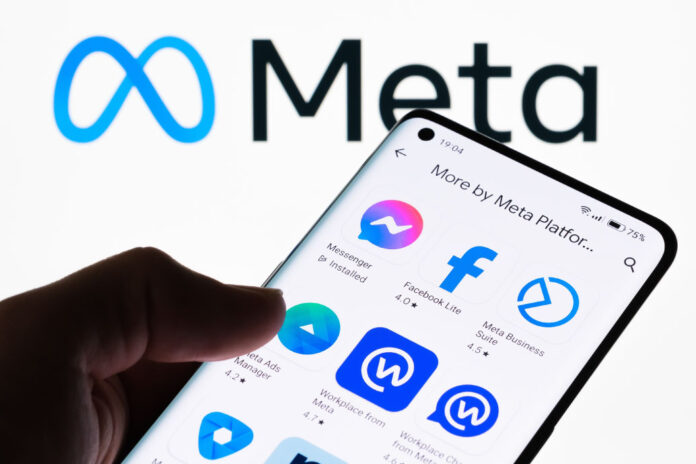In 2021, Mark Zuckerberg, CEO and founder of Facebook, surprised the world by announcing the renaming of his company to Meta, with the main goal of exploring this new digital world of the metaverse. At the time, the concept and technology were presented to the public as one of the most powerful and promising initiatives for the future, capable of creating alternative and immersive virtual environments where people can interact and perform any activity.
A few years after the initial boom, the metaverse has moved from being a futuristic idea to a reality in construction. Although it has not yet achieved the expected initial success, the feature now opens doors to interesting experiments and initiatives within digital worlds.
One area that has been exploring the technology well since then is marketing. This is because brands seem to have recognized the potential of the metaverse to create deeper and more interactive connections with consumers. Platforms like Roblox and Decentraland can now be seen as live laboratories where these strategies are taking shape, proving that these parallel worlds can be an interesting alternative to bring the audience closer to your brand.
All this potential is further enhanced thanks to the assistance of adjacent technologies, such as artificial intelligence. Through integration with AI, brands have begun to see the metaverse as an interesting tool for achieving engagement and new revenue streams.
Given this ambiguous scenario characterized by enormous potential, yet still largely untapped, I share some key trends and challenges that will accompany the development of the metaverse by 2025, with a focus on helping marketing professionals prepare for this new era.
- Immersive and interactive experiences
Immersion is the soul of the Metaverse. Today, brands like Nike, with its NIKELAND platform embedded in Roblox, already demonstrate the power of this approach. The tool goes beyond a mere virtual showroom; it consolidates a world where users can create avatars and interact with the sports brand in a playful way, strengthening the user’s emotional connection with the products. AI, in turn, enhances these experiences, enabling the creation of realistic avatars with natural movements and expressions, as well as intelligent NPCs (non-playable characters) that provide personalized interactions.
- Integration with the real world, facilitated by AI
The convergence between the physical and digital is a strong trend for 2025, and the metaverse can be a practical solution for this purpose. Forever 21, for example, now has a store in the metaverse that mirrors its physical collection in the digital world. This omnichannel strategy offers an innovative shopping experience and also drives sales, both online and offline. AI once again comes into play by analyzing real-world data, such as shopping preferences and consumer behavior, to personalize offers and experiences.
- Hyper-personalization with AI
Using another practical work as an example, Coca-Cola recently used NFTs to unlock personalized experiences, such as access to exclusive events and collectible virtual items. This strategy strengthens customer loyalty and helps create a sense of community around the brand. Through its ability to analyze large volumes of data, AI becomes crucial in this space to deliver personalized experiences at scale, predicting user needs and desires in the Metaverse.
- Monetization opportunities
Today, the Metaverse also represents a new way of monetization for businesses. Luxury brands like Balenciaga and Louis Vuitton already sell virtual clothing and accessories, generating new revenue streams and reaching a younger and more connected audience.
- Metaverse as a customer service channel with Conversational AI
Imagine resolving your queries with a virtual assistant in an immersive 3D environment. This is yet another usability possible within the metaverse with a focus on brand and customer bonds. Additionally, thanks to the use of AI, companies will be able to promote more natural and personalized interactions, available 24/7, enhancing efficiency and customer satisfaction.


